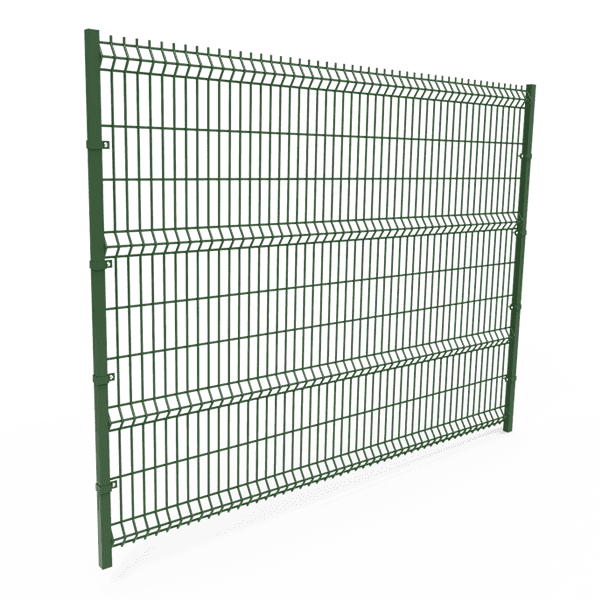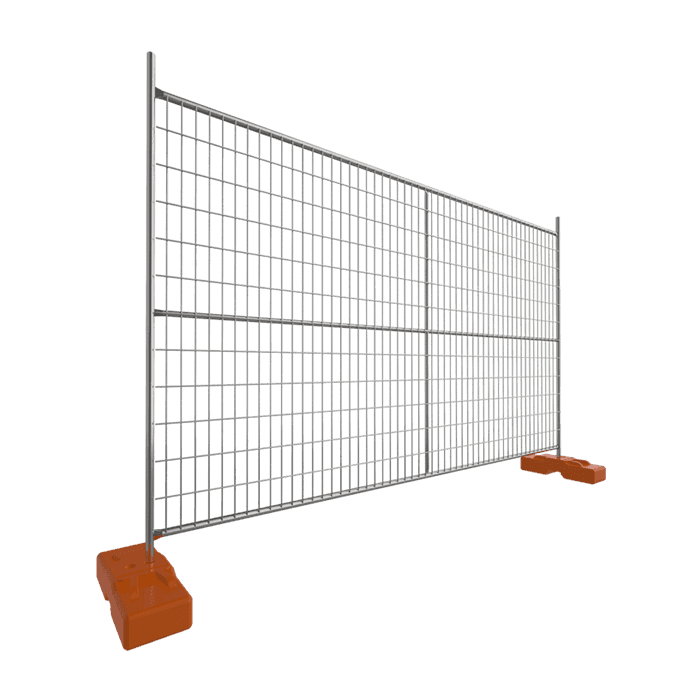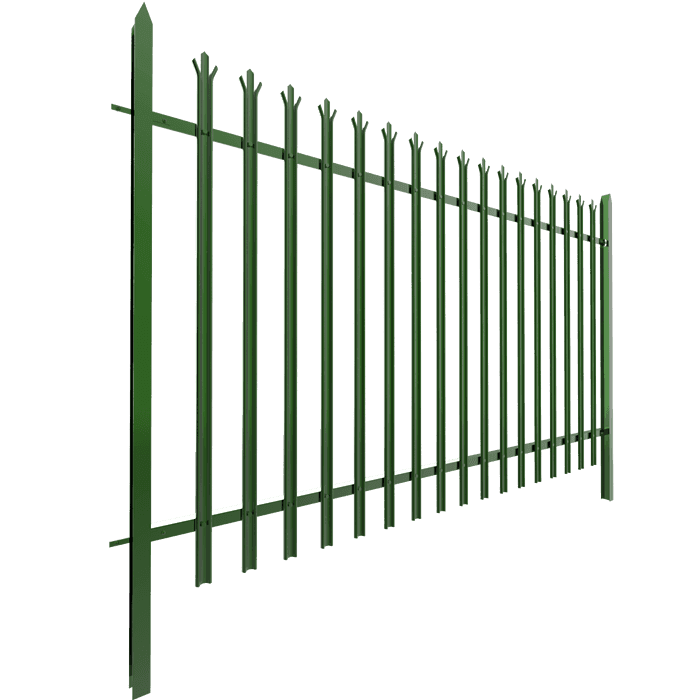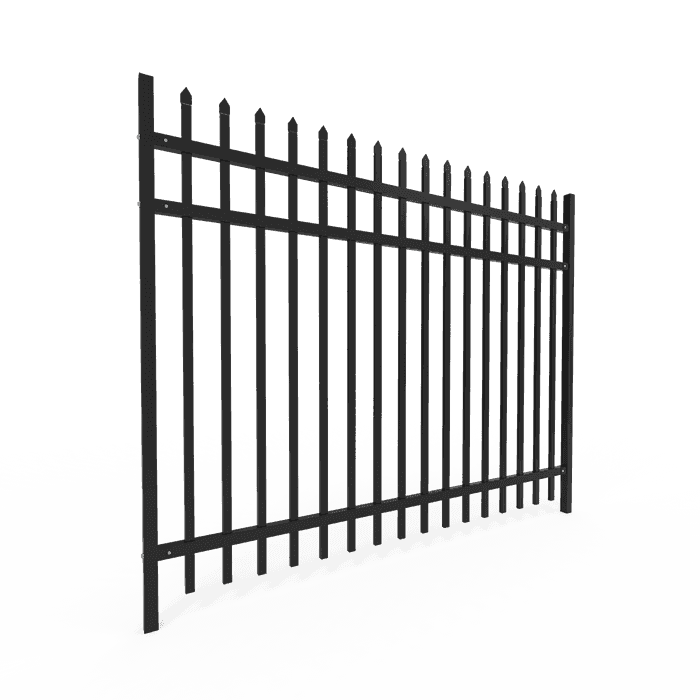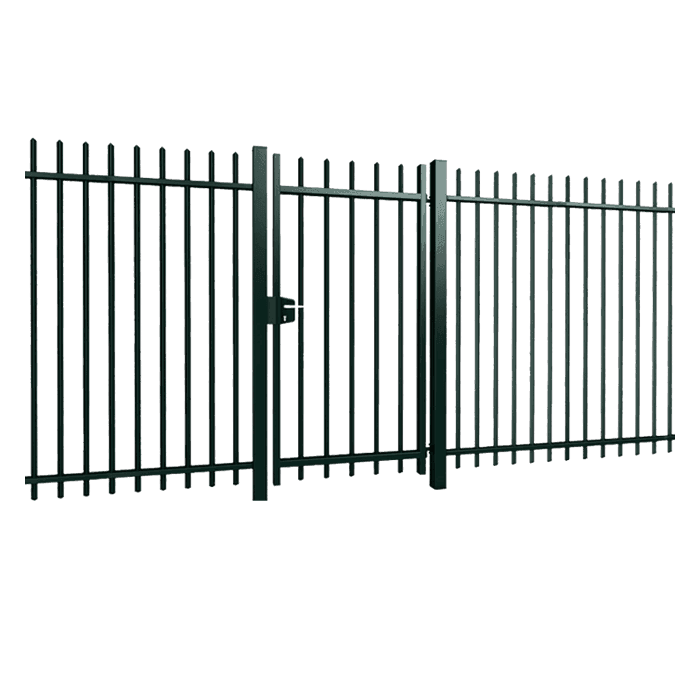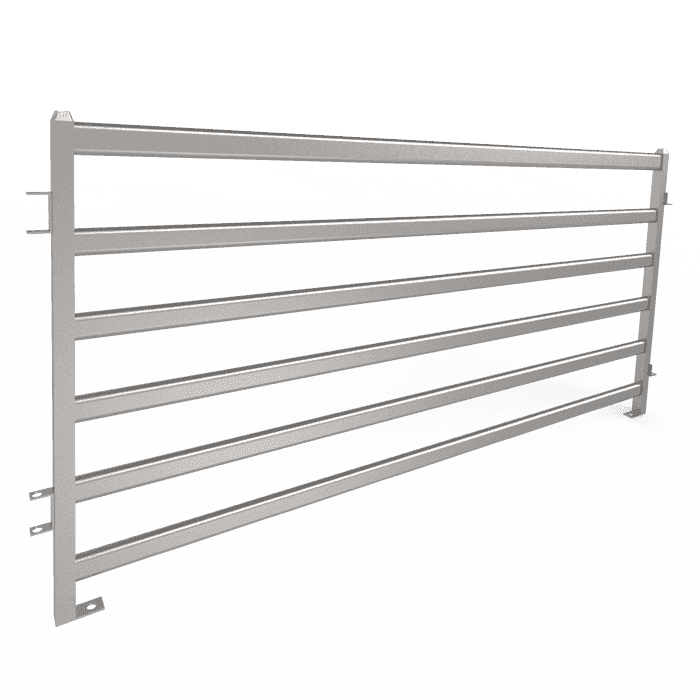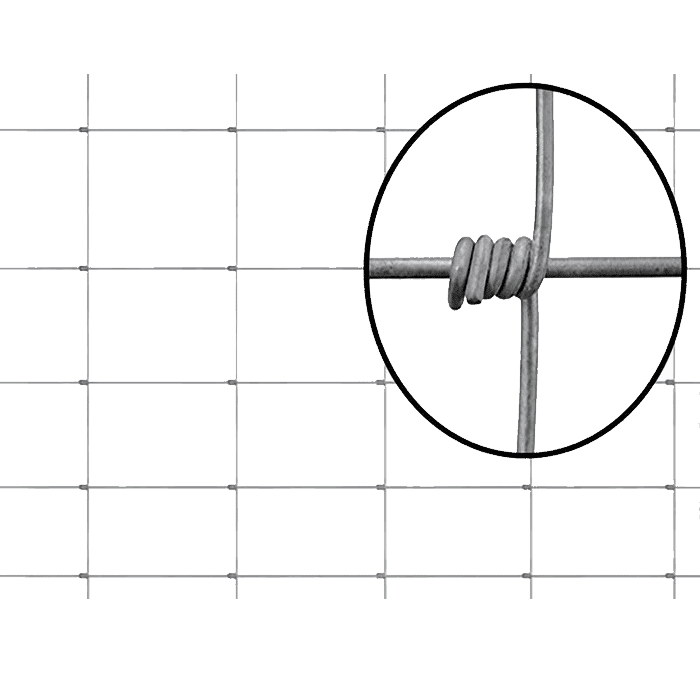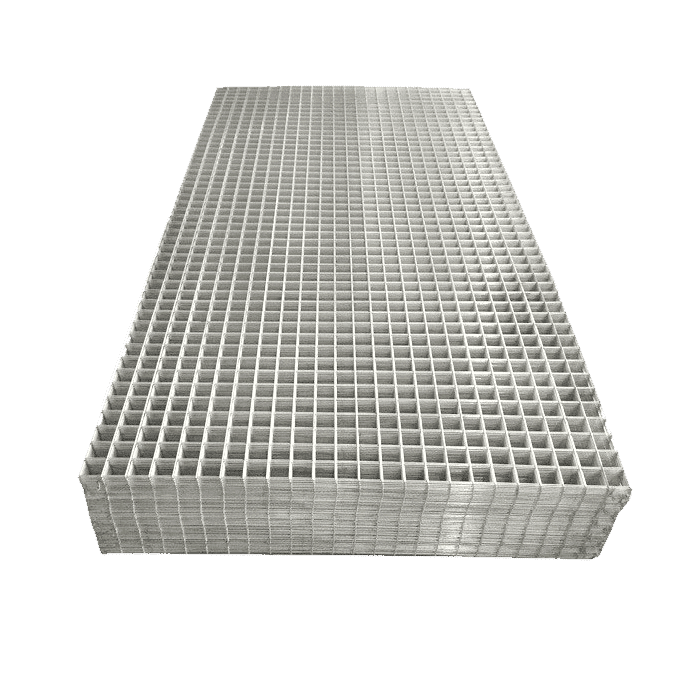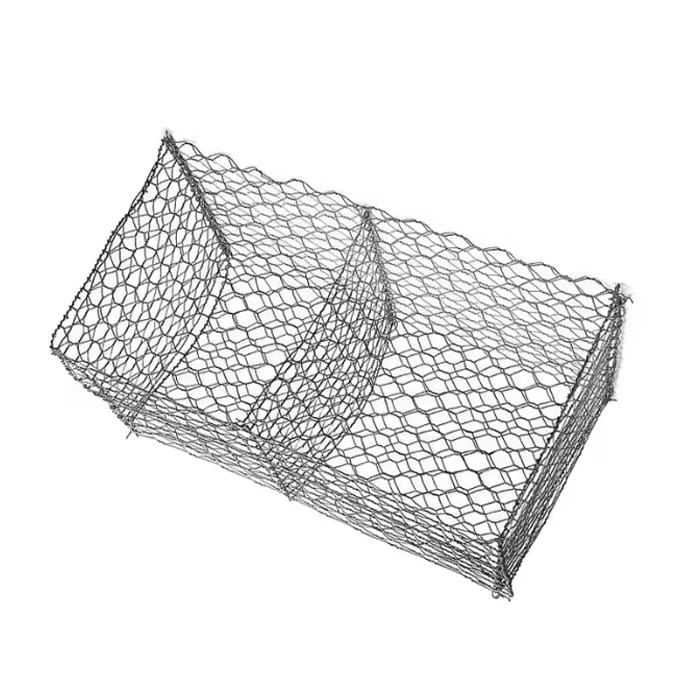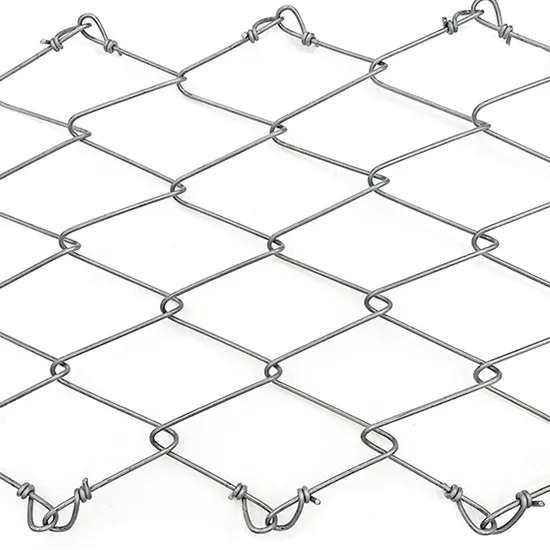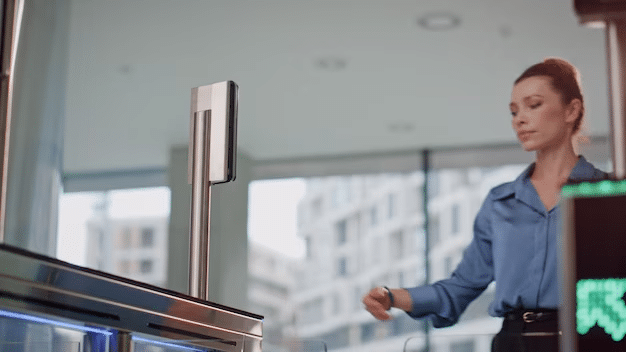Table of Contents
The Ultimate Guide to Choosing the Best Fence: Types, Materials, and Installation Techniques
There are several factors to consider when selecting a fence for your property. Not only should the style be one that you desire, but you should also consider your own needs, the ordinances in the area, what kinds of materials are usually used, what installations are generally done, etc.
Whether you want to maintain privacy, beautify your abode’s exterior, add security, or simply delineate lines within the property, from classical wooden pickets to fibre from modern design and dashing metal constructs may be hard to choose just one.
If you’re new to fences, we’ve got you covered. This guide has compiled the best types of fences, possible materials, how to choose the most fitting one for your needs, and key considerations in installing, making it easier to understand the whole fence thing for you.
Part 1: What Are the Best Fence Types and Applicable Scenarios of Fences?
Fences are available in a variety of types and functions. Knowing what types of fences there are and where best to use them can help develop a solution that suits individual needs and settings.
1. Privacy Fences
Privacy fences are tall, solid constructions built for enclosing and blocking outside visibility. They are great for designing that special private backyard space, shielding swimming pools, or minimising sounds coming from heavily trafficked streets.
Most popular materials include wood, vinyl, and composite; each one equipped with its distinctive level of durability and maintenance costs.
Best for: backyard privacy, pool enclosures, houses situated along heavy roads, etc.
2. Picket Fences
Picket fences boast of their very attractive old-fashioned look with evenly spaced vertical boards, pointed at their tops. Although they do not provide much privacy or security, they work well as decorative property borders.
Best for: front yards, gardens, pathways, and enhancing curb appeal.
3. Chain Link Fence
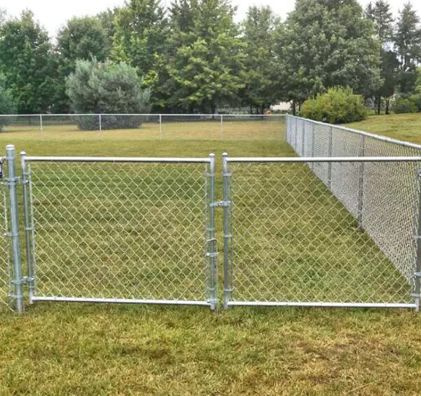
The next type of fence that is common in many homesteads is the Chain link fences. Many people go after them because they are economical. These fences are not pleasing to the eyes and lack privacy; however, they’re effective in having boundaries for a secured area.
Best for: building enclosures for pets, playgrounds, schools, industrial or commercial properties.
4. Wrought Iron and Aluminium Fences
These beautiful fences give an elegant touch to the area and still keeps visibility. First off, Wrought iron fences are made of iron alloys, thus making them robust and durable. On the other hand, the aluminium fences are known for their rust-resistant abilities.
Best for: decorative fencing, estates, front yards, gardens.
5. Farm and Ranch Fencing (Electric Fence)
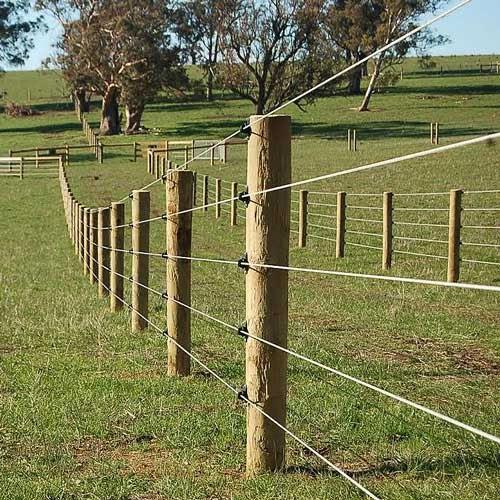
The fences are mostly designed for agricultural purposes, where there are post-and-rail, barbed wire, or electric fencing, but act to maintain livestock, protect crops, and define vast rural properties.
Best for: Farms, ranches, large acreage, livestock control.
6. Composite Fences

Lastly, we have the Composite fencing, which combines wood fibres and plastic. The combination provides a beautiful finish of wood and requires less maintenance.
Ideal for: Modern homes, low-maintenance yards, and long-term property value.
Part 2: Comparison of fence materials: advantages, disadvantages, and applicability
In fencing materials, different types of materials may differ in considerations relative to styles. Each has its own type of durability, maintenance, cost, and aesthetics associated.
Let’s compare these fencing materials to understand their pros, cons and applicability.
1. Wood Fencing
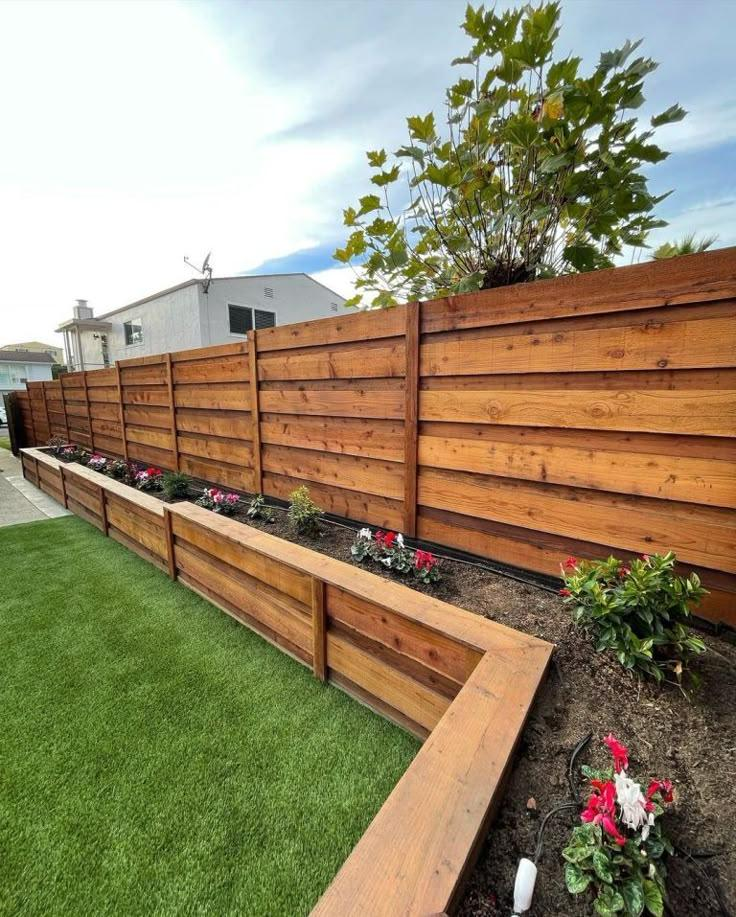
The timber wood provides a natural but warm look and timeless, versatile fencing. It can also be stained or painted to give the same colour as the outside of your house.
Advantage: Attractive heights and styles are customize.
Disadvantages: Maintaining upkeep (staining/sealing), susceptible to rotting and pests, and warping.
Best for: Privacy fence, typical yard designs, old or traditional homes.
2. Vinyl fencing
Vinyl fences come from durable PVC plastics. They can imitate even wood’s clean modern look and offer the maintained-free benefit as well.
Advantages: Low maintenance, rot/insect resistant, extremely long-lasting, and easy to clean.
Disadvantages: More expensive upfront, fewer colours and textures, may be brittle under very low temperatures.
Best for: Suburban homes, low-maintenance landscapes, and privacy fences.
3. Chain-link Fencing
Chain-link fences consist of woven steel wire and, although not the prettiest of fencing, can be incredibly cheap and functional.
Advantages: Low cost, very strong, relatively easy to install, and really good visibility.
Disadvantages: Provides little privacy and looks a bit industrial.
Best for: Pet containment, playground, school, commercial or utility property.
4. Aluminium Fencing
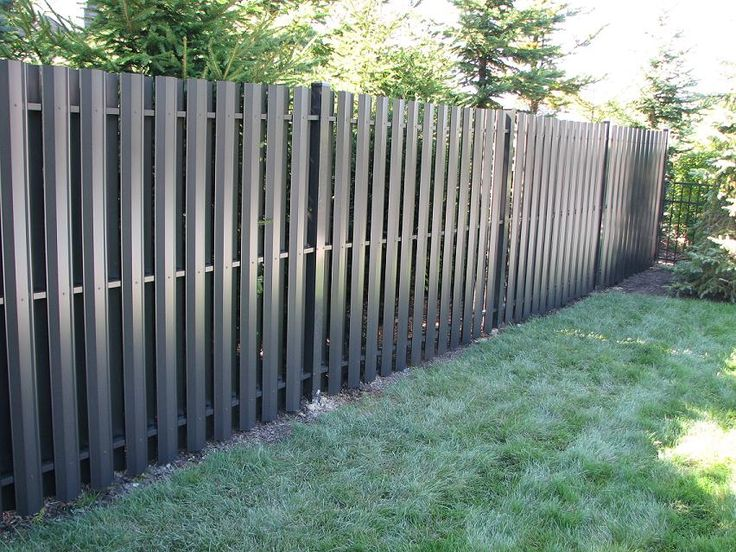
The next material is the aluminium fencing. It looks like a wrought iron fence, but it is lighter.
Advantages: Aesthetic, low maintenance, corrosion-free, and easy to install.
Disadvantages: Not for heavy security; dent easily compared to steel.
Best for: Front yards, garden borders, decently beautiful enclosures.
5. Wrought Iron Fencing
Wrought iron is heavy with rugged strength and beauty, better than aluminium fencing material.
Advantage: Highly durable and very strong, classic allure, and customizable designs.
Disadvantages: Rusts easily in the absence of maintenance, expensive to install, and heavy.
Best for: Historical properties, rich estates, and style-security fencing.
6. Composite Fencing
Composite fences are a mixture of recycled wood fibres and plastics to create something wood-like in appearance.
Advantages: Eco-friendly, rot/pest resistant, long-lasting, and requires little upkeep.
Disadvantages: Ultra price at the beginning, limited colours, and also little fading over time.
Ideal for: Modern homes, long-term investments, and eco-conscious developers.
7. Bamboo Fencing
Bamboo is a fresh and green type of fence that creates a truly special and earthy touch for homeowners.
Advantages: Mostly renewable, lightweight, and aesthetically pleasing.
Disadvantages: Not durable when wet; needs waterproofing, and will fade.
Best for: Tropical landscaping, screening for gardens, and environmentally-friendly designs.
8. Wire and Electric fence
Typically employed in agricultural purposes or for the containment of animals, these are fencing types that are functional but are not ornamental in their design.
Advantages: Economical, works well for livestock containment, flexible setting.
Disadvantages: Not compliant for residential settings, less attractive.
Best for: Farms, ranches, or large handling outdoors.
Part 3: How to choose the most suitable fence?
Given the wide range of materials and varieties available, the most suitable fence is picked only after much thought is given to the specific requirements of the property involved. The following factors will help you make the right choice when purchasing a fence for your house and land.
1. Identify Your Needs
Why do I need the fence? This should always be your first question when choosing a fence. Are you looking for privacy, security, noise suppression, preventing pets or children from roaming about, or just to add something to your curb appeal?
Examples include:
- Privacy: For enhanced privacy, you shall require a tall and solid fence, like wood, vinyl, or composite.
- Security: Wrought iron, steel, or chain-link with additional height can deter intruders.
- Aesthetics:Picket fences or decorative metal fencing allow you to beautify your landscape.
- Pet/Kid Safety: Chain-link or vinyl fencing allows the required safety and visibility.
2. Assess where it will be used
Reassess your climate and location. Humidity may warp wood, while coastal conditions may rust your metal. Vinyl and composites withstand multiple weather situations with little upkeep.
Also, consider exposure to wind, type of soil, and sun pattern, for these factors might be influential in the performance and longevity of your fence.
3. Maintenance Window
Depending on the material chosen, some maintenance is required. The wood must be sealed or painted at regular intervals, whereas vinyl and composites require almost no maintenance. Choose one that matches how much effort you are willing or able to commit to its upkeep in the coming years.
4. Set a Budget
Fencing cost varies significantly. A chain-link fence would be by far the cheapest one, with wrought iron, composite, and custom wood fences being at the other end of the spectrum in terms of expense. Remember to factor in costs of installation, permits, and long-term maintenance too.
5. Verify Local Codes
Before reaching your decision, check local fencing laws, HOA guidelines, and zoning regulations. Some areas restrict height, type of materials, or types of styles.
6. Style Suitability- Alongside the Home
Your fence needs equally to echo the architectural style of your house. That is, a modern house pairing slick horizontal slats or metal panels may complement the architecture, while an old cottage may suit a charming white picket fence better.
Part 4: What are the installation techniques for fences?
Setting up a fence isn’t just about putting the posts into the earth; the components of property fencing involve the proper techniques used for achieving stability, durability and an attractive finish.
While many homeowners like to DIY, the majority benefit from hiring pros because it takes less time, giving them a lifetime value for their work. Here’s a common list of stages and practices of fence installation:
1. Planning and Measuring
Start determining boundary lines to prevent confrontations and correct settings. Measurements shall be taken to assess the amount of material needed. Identify all slopes, obstructions, or underground utility lines before digging.
2. Setting Post
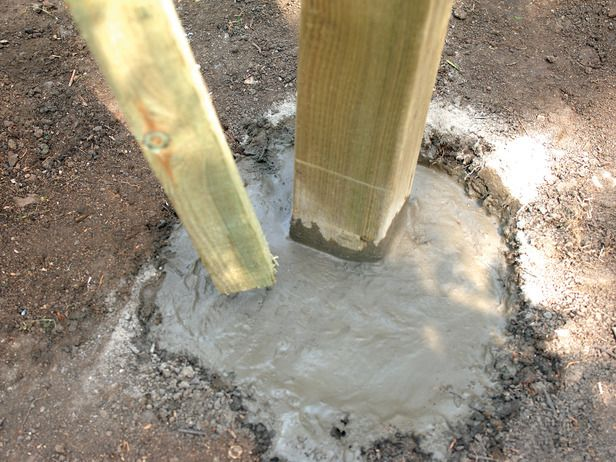
The posts of a fence are the columns or strongholds that hold up any fence. Most types of fences require holes dug between 2-3 feet deep and then filled with concrete for anchoring posts.
Proper spacing-usually between 6 to 8 feet apart-is critical to ensure stability since in cold areas, holes should be below the frost line to prevent shifting.
3. Levelling and Alignment
A straight, even fenceline can be kept with either a string line or a laser level. Misalignment of posts at one part of the fence can cause aesthetic and structural problems throughout the entire fence.
4. Attaching Board or Panel
When posts have been set and cured, now attach the fence panels or individual boards; the following methods apply between materials:
- Wood: Boards can be nailed or screwed straight onto horizontal rails.
- Vinyl: Panels snap into place using brackets.
- Chain-link: Unrolled and attached to posts with tension bars and wire ties.
- Metal:Sections are bolted or clipped to pre-drilled holes in posts.
5. Final Touches
Apply caps, paint, sealant, or weatherproof coatings to protect and beautify the fence. Properly secure gates and latches and check them to ensure smooth operation.
Part 5: How Long Can Fences Generally Last?
The longevity of a fence will depend upon the materials from which it is made, the quality of installation, and the maintenance level. Some fences are extremely costly, and will last practically a lifetime with regular maintenance; Others may need to be replaced after a few years.
Knowing the typical life expectancy of various fences will help you better prepare your property for long-term maintenance investments.
Material | Average Lifespan |
Wood | 10–20 years (with maintenance) |
Vinyl | 20–30 years |
Chain-Link | 15–20 years |
Aluminum | 30+ years |
Wrought Iron | 50+ years (with care) |
Composite | 25–30 years |
Bamboo | 5–15 years |
Part 6: Do I need a permit to install fences?
In almost all situations related to fencing installation, obtaining permits is mandatory, particularly if it goes beyond the defined heights or even built near property lines, highways, or public pathways.
Likewise, the procedures for availing permits differ from city to city or county to county or even at the level of Homeowners Associations (HOA). It is pertinent to check with the local building authority before commencing any work.
There are areas where height, materials, or distance from sidewalks and neighbouring properties are restricted within which they can install fences. Permits, in many instances, are to affix approval under zoning for fences and ensure that pathways will not be obstructed for utilities or sightlines or easement.
For an individual, omission of these permits will lead to fines, severe consequences, or legal disputes. The easiest way to avoid the above-mentioned probabilities is to consult one’s local planning or building office about the conditions in an area.
Part 7: Which type of fence is the cheapest?
Chains and links, in general, are the least expensive types of fencing available in the market. Made up of galvanised steel wire, this type of fencing is both material and labour-cost-effective.
Intended to be durable, chain-link fences are also resilient for security over a long stretch without having to dig deeper in one’s pocket. They usually provide minimal privacy or aesthetic value, though they may serve ideal functions for all pet lovers, garden users, playgrounds, and industrial spaces.
Other cheap alternatives are obviously from fence types, including wire fencing, such as field fencing, welded and commonly used as an agricultural type, with split rail fences, becoming cheap for bigger rural properties, but not very secure or private.
This is in case you want something more beautiful yet still not very expensive; wood fences, especially pine, can also have good prices for the money, but need a lot more maintenance.
Ultimately, the cheapest fence for you will vary depending on your needs anthe d size of your property as well as the long-term expectations regarding maintenance.
Conclusion
Selecting a new fence is serious business. It can change a property completely in terms of security, privacy, and aesthetics. Keeping all the above in mind, planning the right fence could well be a great aesthetic improvement for your property for many years ahead.

